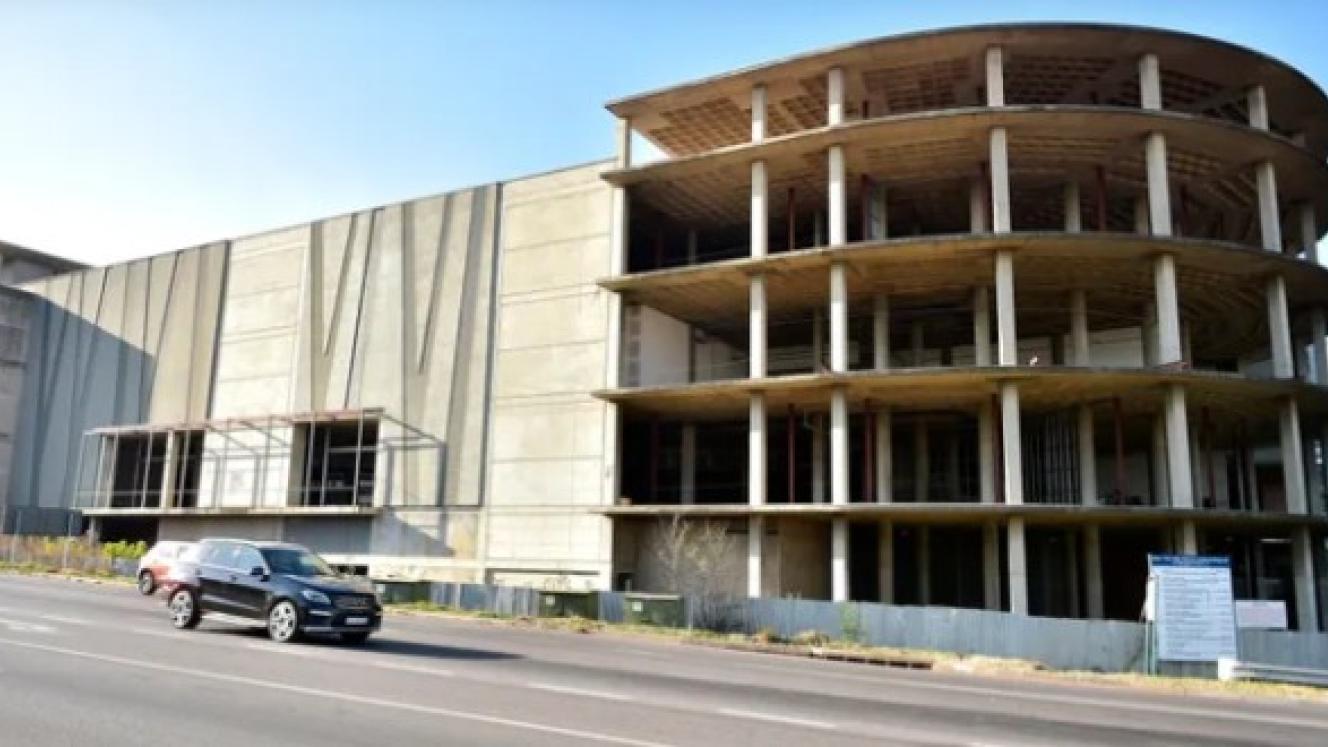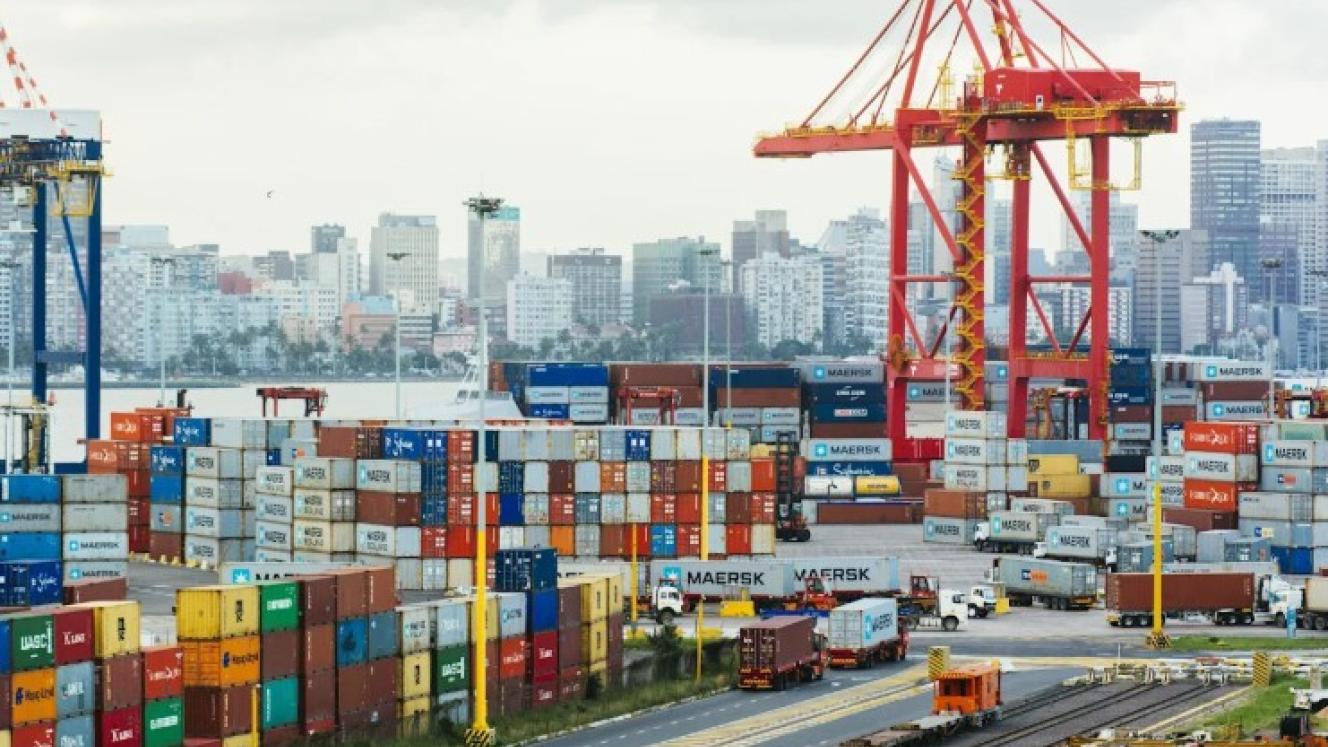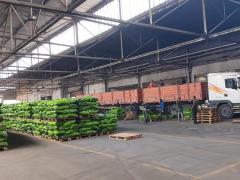While competition between e-commerce platforms juggernauts ahead as more and more consumers take to apps for their shopping requirements, evidence is mounting that cyber stores are draining the lifeblood out of brick-and-mortar rental space.
However, the flourishing of warehousing is also indicative of fast-changing requirements where stock inventories are more important than store shelf availability.
A shopping centre that on the face of it is worse for wear is Tshwane China Mall, previously a spacious tribute to physical shopping excellence in its heyday when it was still known as Zambezi Mall.
Now it’s a glitzy ghost town, clean yes, but entirely devoid of a shopping buzz, except for the one occupied store.
As for the 83 available rentals, security guards are the only ones doing the ‘window shopping’, staring into blank spaces where once there were goods in abundance.
On paper it’s apparent mall death isn’t entirely related to online shopping, as it’s a victim of the R543 million Sharemax property development collapse of 2008/9.
And yet it’s hard not to see Tshwane China Mall as a portent of sorts, its wholesale lack of tenants coming as it does on the rise of e-commerce.
Other malls that have seen a vacancy spike in recent times are Fourways and Brooklyn where space availability respectively increased from 3% in 2021 to 20% in 2024, and 3.6% in 2019 to 18.7% last year.
Said one Sandton shopper: “Have you seen Fourways Mall lately – acres of emptiness.”
Northgate isn’t doing too well either, and Eastgate, still the province’s largest mall with 300 stores, battles to fill its tenancy book while some areas have been flagged as “under-performing zones”.
Last September, The South African Council of Shopping Centres and property analysts identified about 10 malls nationally that meet criteria for being seriously underutilized, with vacancy levels of 60% and above.
Follow where the money is going for customer service provision and it’s not brick-and-mortar sales.
Takealot, for one, is aggressively taking the game to its competitors – Shein, Temu, Uber Eats, Checkers Sixty60, Pick n Pay ASAP and Amazon, new to the South African market since last year.
Not long after Chinese platform Temu announced that it was adding “local fulfilment” – read warehousing – to its South African service offering, Takealot has announced that it is expanding its Mr D service.
Essentially deployed as a Covid-related delivery response to restaurants under lockdown, Takelot is pushing harder at its Mr D diversification strategy.
Currently split 70%-30% between take-outs and groceries, the idea is to throw the net wider, Takealot CEO Frederik Zietsman has said.
Ramped-up pet food deliveries – queue the social media dog memes – are leading this charge on the ramparts of e-com competition, but toys and baby goods are apparently also in Takealot’s crosshairs.
To make the conversation about changing dynamics in the shopping sphere even more interesting is Pick n Pay’s recent financial results warning of a “structural shift” in the low-cost, immediate shopping environment.
The chain said South Africa’s informal economy and its physical manifestation were posing the biggest challenge to brick-and-mortar retail space as it currently stood, blossoming through spaza shops and superette-style outlets at a rate of 14.7% over the last five years.
According to informal trading environment expert GG Alcock, the founder of township economy advisory Kasinomics, South Africa’s informal sector is worth about R180 billion, representing more than 11 million consumers buying as much as 40% of the country’s food.
All distilled through a prism of future consumer dynamics, it doesn’t bode well for asset fund managers invested in shopping malls, raising serious questions about the feasibility of big consumer complexes.













